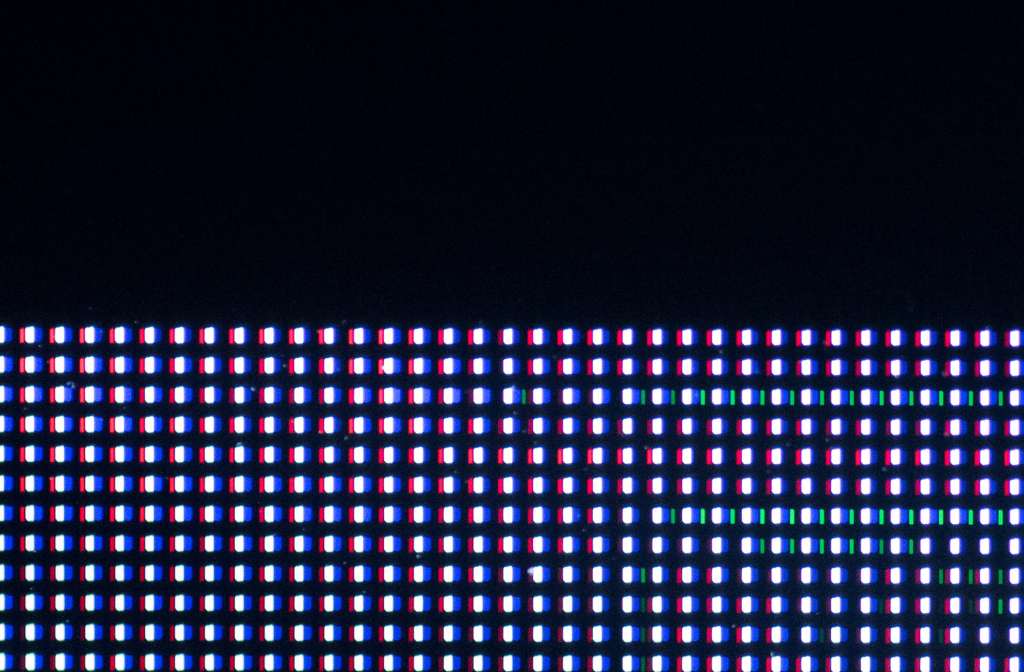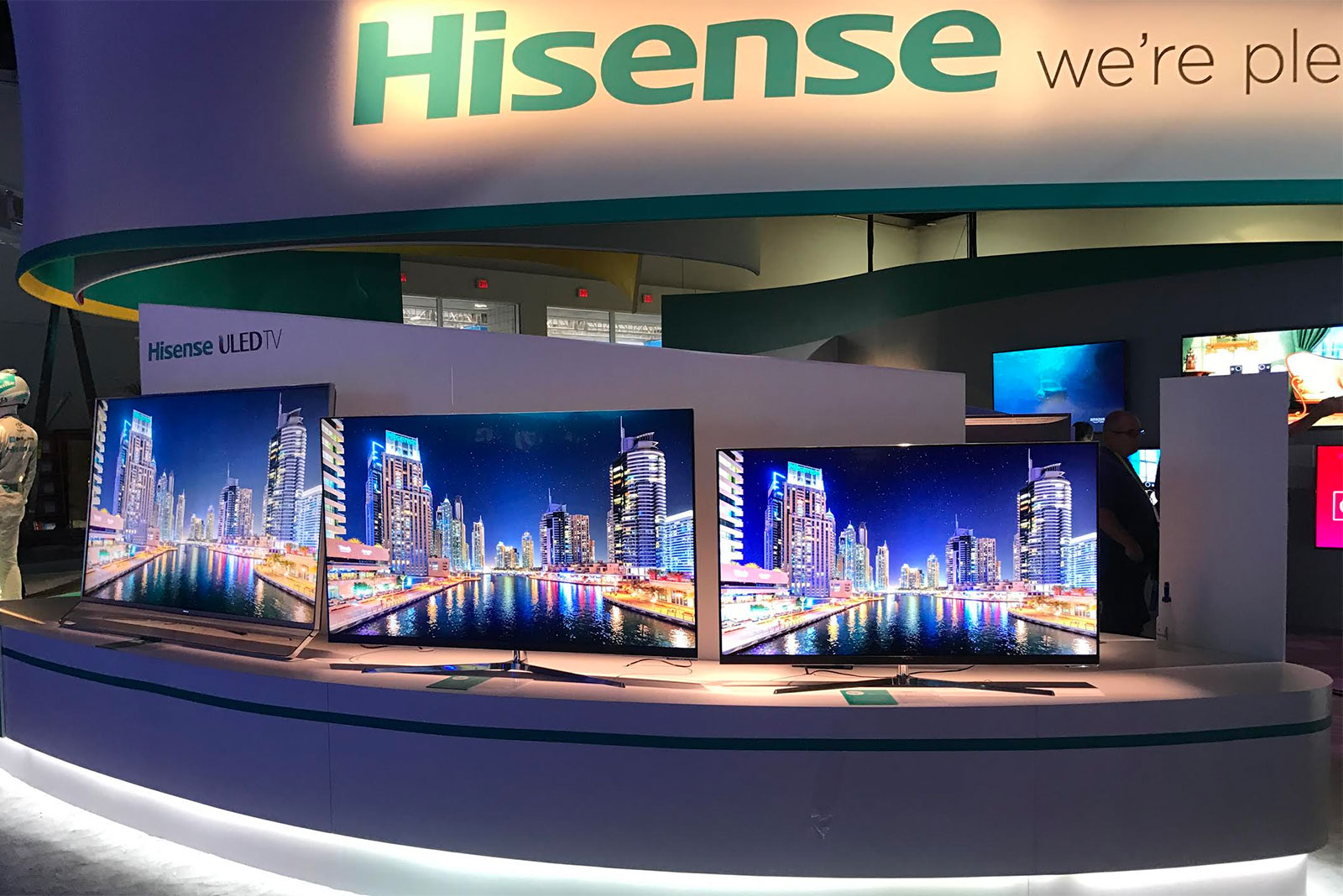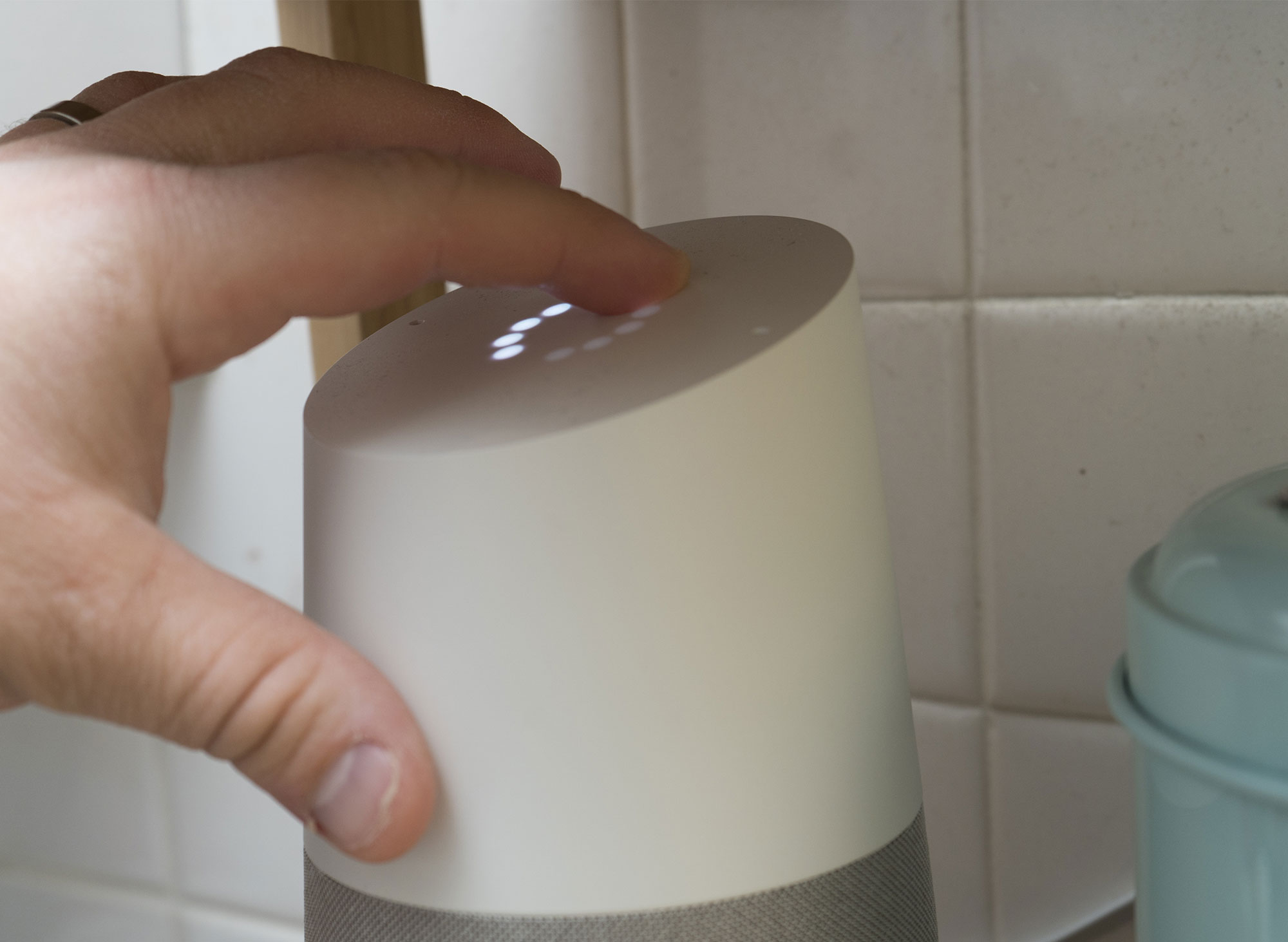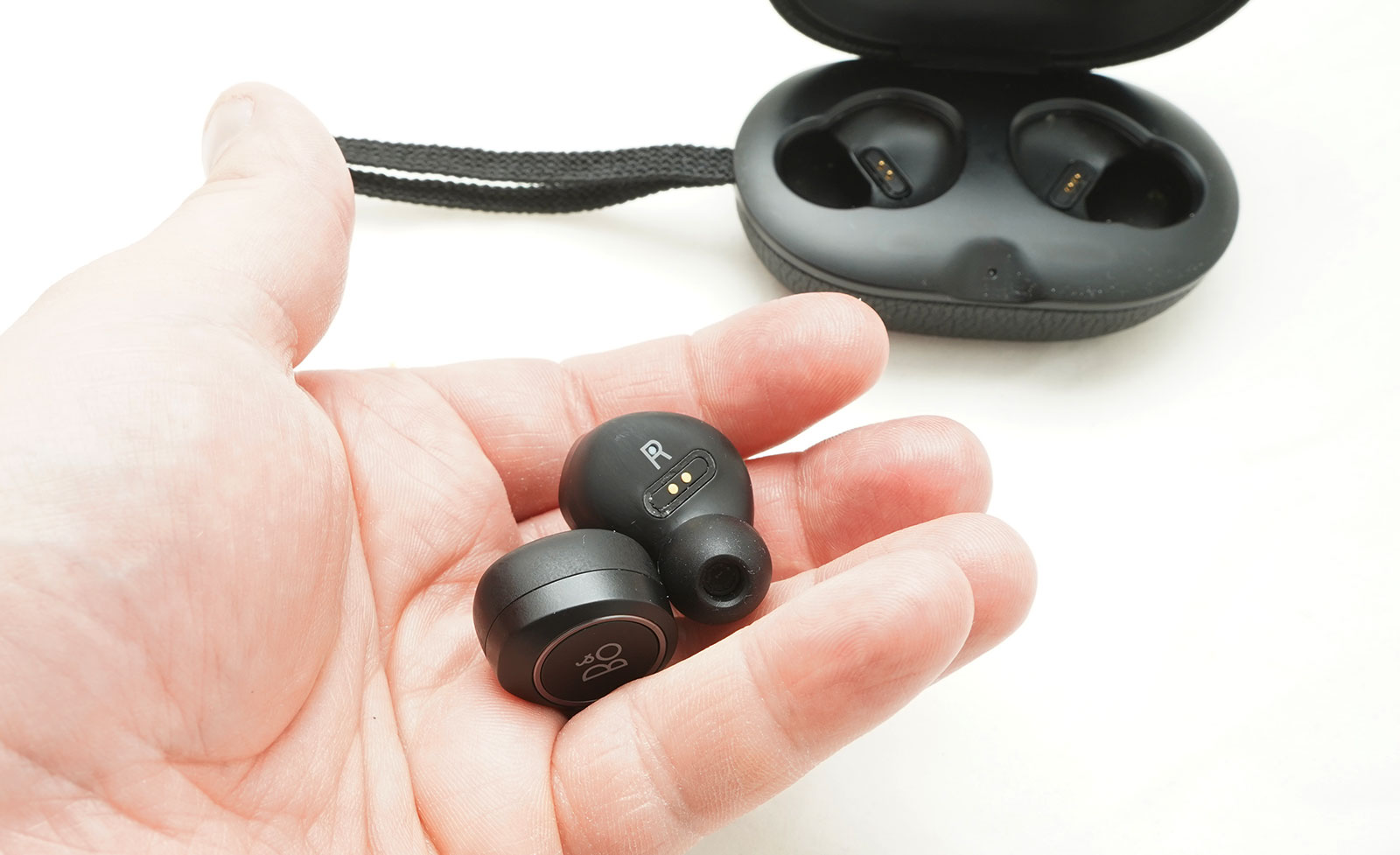The year may have just begun, but that doesn’t mean we can’t speculate about what it will bring. What does 2018 have in store for technology and how we use it?
8K is the new Ultra HD
If you thought a new 4K TV was the highest we could go in terms of resolution, think again. Known as Ultra HD for the last few years, the “UHD” format is about to take another flying leap as more companies engage a new TV size.
No, it’s not a bigger screen size beyond the 100 inch mark, though that is definitely coming, too.
Rather, it’s 8K, a resolution that towers over 4K’s already impressive 3840×2160, offering twice the pixels at 7680×4320, a good four times the pixels of 4K and 16 times the pixels of the older Full HD standard.
That means 8K isn’t just bigger, but more detailed, able to show more information on screen provided it’s being fed the right content.
CES has already been used as the place to show off 8K TVs, and Hisense got in a sample of its own last year, but in 2018, we might see more manufacturers not only show off their prototypes, but draw up plans to release them.
However, the catch of 8K is always going to be the content, and with 4K media only starting to become easily found in the past couple of years — last year especially — this will make 8K less of a big deal, at least in the beginning. If 8K TVs are released this year, content that takes advantage of it will be rare, particularly since movies aren’t yet mastered in this resolution.
That means any owners of any new 8K TV will likely have to wait a little bit until their beloved new TV is anything more than a great looking 4K TV that just so happens to have a few more pixels, but hey, at least the HDMI standard is ready for it.
Now we just have to wait for the confusion to set in, as consumers try to work out the difference between 4K UHD and 8K UHD, a phrasing that we suspect marketing will make sure is as confusing as possible until we step in and explain the difference.
Smarter smartphone integration
iPhone. Android. Windows. Mac. Chrome OS. There are at least five major operating systems used in phones, tablets, and computers, and that doesn’t have include the likes of wearables and appliances, or even televisions.
Most people use one of those five, but the main point of this list is the acknowledgement that there are quite a few operating systems, and therefore some pretty noticeable issues getting them to play nicely.
For instance, Mac OS will talk to iOS without any issues, and even works over the air, but Android is natively hard wired only, and files aren’t as easily shared unless you’re backing up to every Google service. Windows computers can theoretically talk to both cleanly, but Microsoft’s connector to both iOS and Android isn’t nearly as useful as it should be, and just isn’t where the Apple version of the technology is. And Samsung’s implementation of the concept through Samsung Flow is good enough, complete with tethering options, but it only works with Samsung phones.
Essentially, unless you have an iPhone and a Mac, there’s a good chance your smartphone and your computer aren’t necessarily playing together as well as they could be.
But the times they are a changing, and in 2018, we expect this might change. We’re seeing more and more phone users start to ween their dependence on having a computer, and given how big phones are getting and how much they do, it’s hardly a surprise.
So in 2018, we expect a few manufacturers to start closing the loop and making it possible for phones of any operating system to integrate with computers better. It’ll just be one more feature that will make it worthwhile to own a new computer.
AI is more than a buzzword
For the past few years, the term “artificial intelligence” has been something you’ll have heard in media, particularly in movies and TV. It usually paints a piece of technology that aims to be smarter, and can generally promote the image of a robot trying to kill someone, learning their weaknesses and hunting them down until humanity triumphs, but AI is more than that.
Instead of the killer robot, imagine an intelligence developed to help us in what we do, and that starts with the little things.
In Huawei’s Mate 10 and Mate 10 Pro, Huawei’s AI chip was there to help us pick the right settings for a smartphone camera, identifying the mode for the photo we were using.
Services like Siri and Google’s Assistant use artificial intelligence to translate our requests and evolve to help and assist us with out lives.
Google even has an artificial intelligence system, and it has done some amazing things like being able to speak more like people and choose the right pronunciation of a word.
And that’s just the tip of the iceberg, because AI will do more. So much more. It will be there in business and there at home, and it will start to become a little more active in your life, whether you see it or not.
Hopefully it won’t result in the idea of a killer robot, though we’re sure movies will keep playing it out like that.
More intelligent homes
For years, we’ve heard the idea of the “smart home” being a thing, something that would allow your house to not only connect to the web (because it was already there if you had a modem), but to take advantage of the internet.
Imagine if your lights talked to your door, and worked out they only needed to be on when you were arriving at home. And imagine if your air conditioner heard from your phone that you were ten minutes from arriving, and so switched on to cool the place down, saving energy throughout the day but keeping your home nice and chilled until you got back. Right before you went to bed, your smart watch told your home about your vitals, that you were readying bed, and so smart speakers started playing soothing music at a low volume interweaved with white noise to ease you to sleep, while your smart lights lowered the colour temperature and brightness and your smart lock bolted the door. Bed time, and your home has it taken care of.
The idea of a smart home has slowly been coming to life, bit by bit by little technological bit, from the smart lights currently available through Philips to the smart speakers Google has made available, to even the Bluetooth door locks you can install at home.
We’re not quite in the world of The Jetsons, but we’re getting there, and expect 2018 to drive a little more.
There’s a very, very good chance that the previous trend we’ve noted — artificial intelligence — will play a big part of this, as AI hardware and software evolves to become a learning system to help you in your life, but you’ll also see more devices meant for your home to make it smarter.
That will definitely include more smart speakers and should also mean IKEA finally releases its smart lighting solution, which will no doubt open the smart lighting world to more people across the world and also simultaneously lower the cost of smart lighting as a whole.
But it goes beyond this, as smart appliances and smarter whitegoods become something that are released for more than just the people willing to pay high prices.
Wireless audio for more and all
If 2017 was the year more phone companies started embracing the idea of a phone without a headphone jack, 2018 should be the year more people start jumping onto the wireless bandwagon.
Now that Google and HTC have joined the 3.5mm-less phone world alongside Apple and Lenovo, we don’t expect Samsung is far behind, and that’s good news for headphone makers tapping into wireless sound.
In fact, 2017 was the first time we saw cordless earphones properly take off, a type of wireless earphone that not only lacked the wire to the phone, but lacked the cord to each earpiece, making it possible to never get earphones tangled again.
While the technology was fairly new, quite a few earphone makers already that the technology nailed, with the likes of Apple, Bang & Olufsen, and Jabra producing headsets that people were buying, alongside quite a few others.
This year, we expect that number to increase, and even the pricing to drop, possibly even lower than TRNDLabs’ $99 earphones, especially since AudioFly has managed to get the price of great corded Bluetooth earphones down to $60.
That can only be good for consumers, because it will mean more choices, better prices, and ultimately a way to walk around town without being tethered to your phone.











